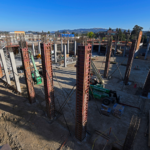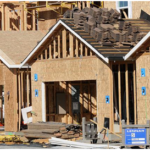Valuing Fractional Interests Article – Part 3
Goldilocks and the Critical Importance of Time
The most important thing about valuing a fractional interest in real estate is time, specifically, how long will the interest-holder be stuck in its position? Interest holders care less about the current net asset value, and more about its future value. The valuer can use this to solve many issues and conclude the likely period, which is a critical element in such valuations.
The restriction period typically ends when the assets are sold and profits are distributed. This period has profound effects and it is important for the valuer to consider the circumstances that could affect the period.
Two possible dilemmas may occur when matching the model period and the period which discount rates are taken from. One dilemma is when a period seems to be “forever”: partners who intend to hold their assets forever. “Forever” would rely on future generations, which is very difficult to predict. Webb suggests that exceeding 10-15 years creates an invalid model because it is practically impossible to find discount rates that can support longer periods.
The other dilemma is the short term: when a partnership ends and partners do not want to extend. With good facts, a 2-3 year restriction period can be concluded, but short holds are not baked into yield rates.


